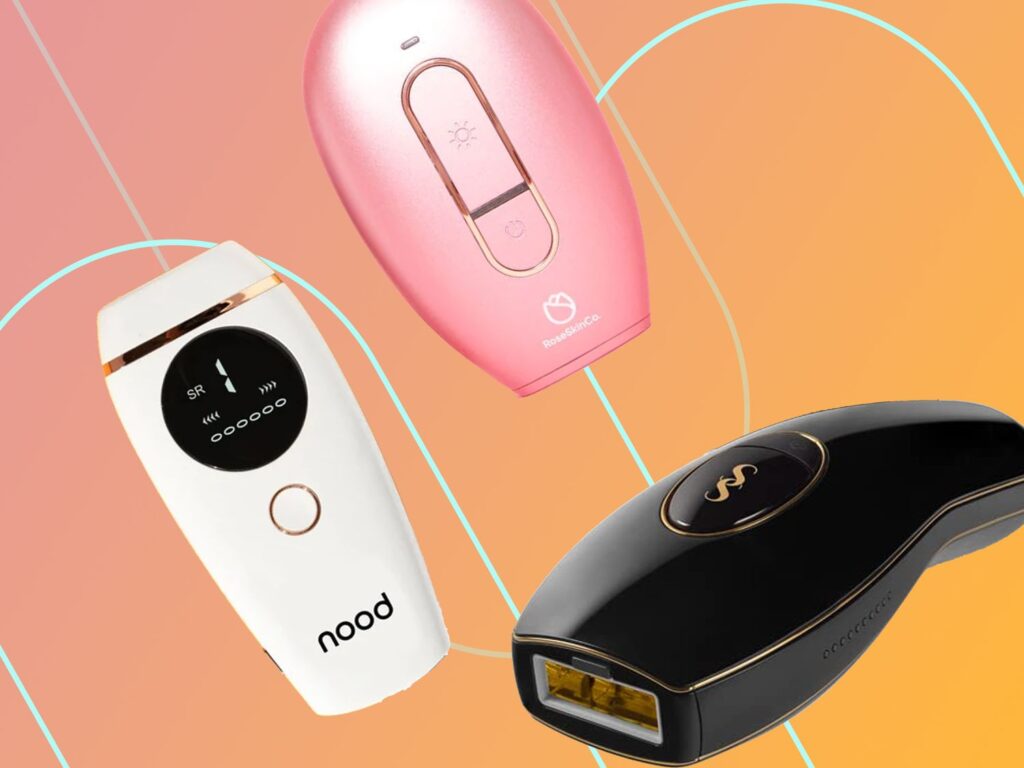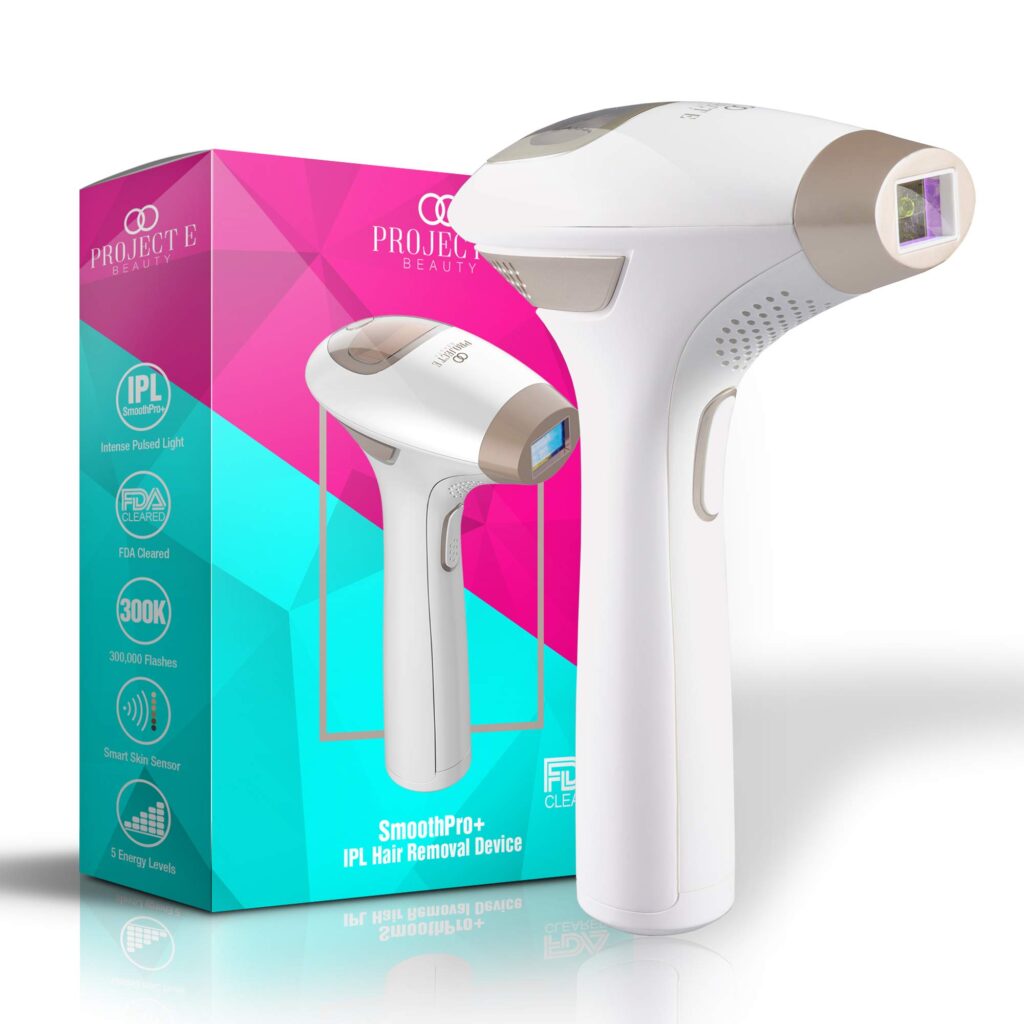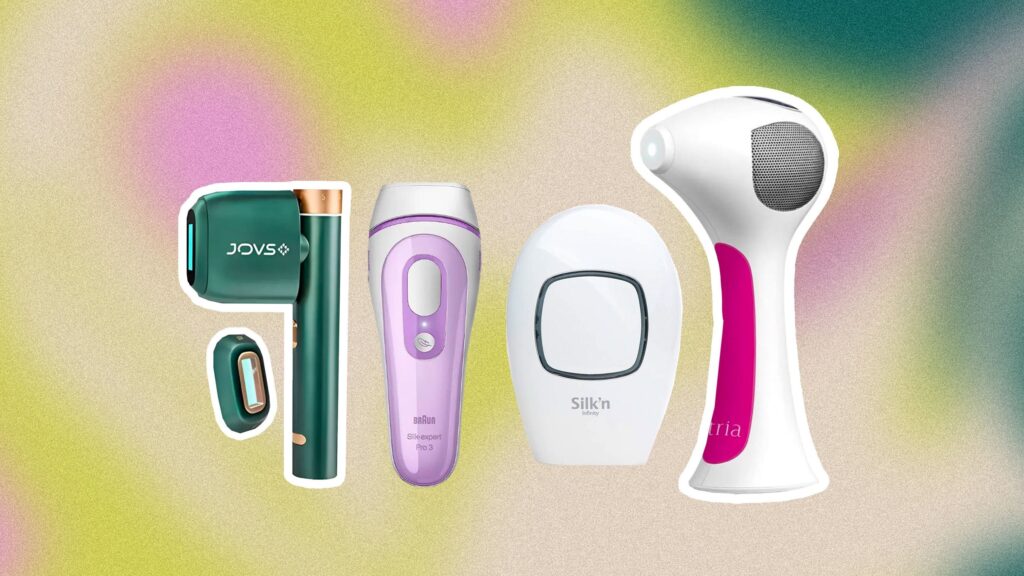
In the ever-evolving world of beauty and skincare, finding the perfect hair removal method that suits your skin type can be a daunting task. Luckily, there are a wide range of hair removal devices available on the market today that go beyond traditional lasers. These innovative devices cater to every skin type, offering a safe and effective solution for removing unwanted hair. Whether you have sensitive skin, dark skin, or anything in between, there is a hair removal device out there specifically designed for you.
In this article, we will explore the latest advancements in hair removal technology and delve into the various options available for different skin types, helping you make an informed decision on the best device for your needs.

Understanding Hair Removal Devices
How do hair removal devices work?
Hair removal devices work by targeting the hair follicles to stop or delay hair growth. These devices use various methods such as laser technology, intense pulsed light (IPL), or electric currents to achieve hair removal. Laser hair removal devices emit a concentrated beam of light that is absorbed by the pigment in the hair follicles, damaging them and inhibiting future hair growth. IPL devices use broad-spectrum light to target the hair follicles, while electric current-based devices, such as epilators, remove hair by grasping and pulling it out from the roots.
Types of hair removal devices
There are several types of hair removal devices available on the market. Laser hair removal devices are highly effective for permanent hair reduction, as they target the hair follicles directly with a precise and controlled beam of light. IPL devices, on the other hand, offer a less expensive option for hair removal and are suitable for those with a broader range of skin tones and hair colors. Electric current-based devices, such as epilators, provide a more affordable and portable solution for hair removal, but they may require more frequent use.
Factors to consider when choosing a hair removal device
When choosing a hair removal device, several factors need to be considered. Firstly, the effectiveness of the device for your specific skin type and hair color should be evaluated. Some devices may be more suitable for fair skin, while others may work better for darker skin tones. Additionally, the convenience and ease of use should also be taken into account. Portable devices may be preferred for those who travel frequently, while larger devices with more advanced features may be desired for at-home use. Finally, the cost and personal budget should also be considered, as hair removal devices can vary significantly in price.
Hair Removal Devices for Different Skin Types
Hair removal devices for sensitive skin
For those with sensitive skin, it is important to choose hair removal devices that are gentle and minimize the risk of skin irritation. IPL devices with adjustable intensity settings are a good option for sensitive skin, as they allow for a more customized and less intense treatment. Additionally, devices with built-in cooling mechanisms, such as cooling tips or cooling gels, can help soothe and protect the skin during the hair removal process.
Hair removal devices for dark skin
People with dark skin tones may need to be cautious when selecting a hair removal device, as some devices are not suitable for darker pigmented skin. It is important to choose devices that have been specifically designed for dark skin or have adjustable settings to accommodate different skin tones. Nd:YAG laser hair removal devices are considered safe for dark skin, as they bypass the melanin in the skin and target the hair follicles directly.
Hair removal devices for fair skin
Fair-skinned individuals may have more options when it comes to hair removal devices, as most devices are designed to work effectively on lighter skin tones. Both laser and IPL devices can produce desirable results on fair skin, but it is important to choose a device that fits your specific needs and preferences. Consider factors such as the intensity and number of treatments required, as well as the device’s reputation and customer reviews.
Hair removal devices for all skin types
If you have a versatile skin type and want a hair removal device that can work on various skin tones, IPL devices with adjustable settings are a good choice. These devices can be customized to suit different skin types, allowing you to achieve effective hair removal results with less risk of adverse effects. It is still important, however, to carefully follow the manufacturer’s instructions and perform a patch test before using the device on a larger area of your body.

Alternative Hair Removal Methods
Shaving
Shaving is a common and relatively inexpensive method of hair removal. It involves using a razor to cut the hair at the skin’s surface. While shaving can provide immediate results, the effects are temporary, and hair regrowth occurs quickly. Shaving may also cause skin irritation, razor bumps, and ingrown hairs. Regular maintenance is required to keep the skin smooth and hair-free.
Waxing
Waxing involves applying a layer of warm wax to the skin and then removing it quickly, along with the hair, using a cloth strip. This method provides longer-lasting results compared to shaving, as it removes the hair from the roots. However, waxing can be painful and may cause skin irritation, redness, and ingrown hairs. It is recommended to exfoliate the skin before waxing and to moisturize afterward to minimize potential discomfort.
Depilatory Creams
Depilatory creams, also known as hair removal creams, contain chemicals that break down the hair’s protein structure, allowing it to be easily wiped away. These creams provide a painless and relatively quick hair removal method. However, they can have a strong odor and may cause skin irritation or allergic reactions in some individuals. It is important to follow the instructions carefully, perform a patch test, and avoid using on sensitive areas.
Epilators
Epilators are electrical devices that mechanically remove hair from the roots. They work by grasping multiple hairs simultaneously and pulling them out. Epilators provide longer-lasting results compared to shaving as they remove hair from the roots. However, they can be painful, especially for those with low pain tolerance. Additionally, using an epilator may lead to skin irritation, redness, and ingrown hairs. Regular exfoliation and moisturizing can help reduce these side effects.
The Advantages and Disadvantages of Hair Removal Devices
Benefits of using hair removal devices
One of the main advantages of using hair removal devices is the potential for long-term or permanent hair reduction. Some devices, such as laser hair removal devices, can effectively target the hair follicles and inhibit future hair growth. This can save time and money compared to other hair removal methods, such as shaving or waxing, which require regular maintenance. Hair removal devices also offer convenience, as they can be used in the comfort of your own home at your preferred time and pace.

Drawbacks of using hair removal devices
While hair removal devices have their benefits, there are also some drawbacks to consider. Firstly, these devices can be costly, especially high-quality laser or IPL devices. They may require multiple treatment sessions to achieve desired results, which can add up over time. Additionally, some individuals may experience discomfort or pain during the treatment process, particularly with electric current-based devices or high-intensity laser treatments. It is important to carefully consider these factors and consult with a dermatologist or healthcare professional before investing in a hair removal device.

Preparation and Safety Tips for Hair Removal
Preparing the skin for hair removal
Before using a hair removal device, there are several steps you can take to prepare your skin for the treatment. Firstly, it is important to clean and dry the area to be treated to ensure optimal contact between the device and the skin. Exfoliating the skin can help remove any dead skin cells or debris that may interfere with the hair removal process. It is also advisable to trim the hair to a manageable length before using a hair removal device, as excessively long hair can make the treatment less effective.
Safety precautions to follow
Using a hair removal device safely is essential to minimize the risk of adverse effects. It is important to carefully read and follow the manufacturer’s instructions for the specific device you are using. Performing a patch test on a small area of skin can help identify any potential allergic reactions or skin sensitivities. Protecting your eyes with goggles or other appropriate eyewear is also recommended when using devices that emit intense light. Lastly, avoid using hair removal devices on broken or irritated skin, and take regular breaks during the treatment if needed.
Post-treatment care
After using a hair removal device, it is important to provide proper post-treatment care to maintain the health and appearance of your skin. Applying a soothing lotion or gel can help alleviate any potential redness or irritation. Avoid exposing the treated area to direct sunlight or excessive heat for at least 24 hours to prevent further irritation or damage. It is also important to keep the skin hydrated and moisturized to promote healing and prevent dryness.
Frequently Asked Questions About Hair Removal Devices
Are hair removal devices safe to use?
When used properly and according to the manufacturer’s instructions, hair removal devices are generally safe to use. However, it is important to consider certain factors such as your skin type, any underlying skin conditions, and any potential allergies before using a hair removal device. Some devices may not be suitable for individuals with certain medical conditions or skin sensitivities. Consult with a dermatologist or healthcare professional if you have any concerns or questions about the safety of using a hair removal device.
How often should you use a hair removal device?
The frequency of using a hair removal device can vary depending on the specific device, your hair growth cycle, and your desired level of hair reduction. Laser and IPL devices often require multiple treatment sessions spaced several weeks apart to achieve optimal results. Electric current-based devices, such as epilators, can be used whenever hair regrowth becomes apparent. It is important to follow the manufacturer’s recommendations and consult with a healthcare professional if you are unsure about the appropriate frequency for using a hair removal device.
Can hair removal devices cause skin damage?
When used properly and on suitable skin, hair removal devices should not cause significant skin damage. However, there is a risk of temporary side effects such as redness, irritation, or mild discomfort. These side effects are usually mild and subside after a short period. It is important to use the device according to the instructions, perform a patch test, and avoid using on broken or irritated skin to minimize the risk of adverse effects. If you experience severe or prolonged side effects, it is advisable to seek medical attention.


